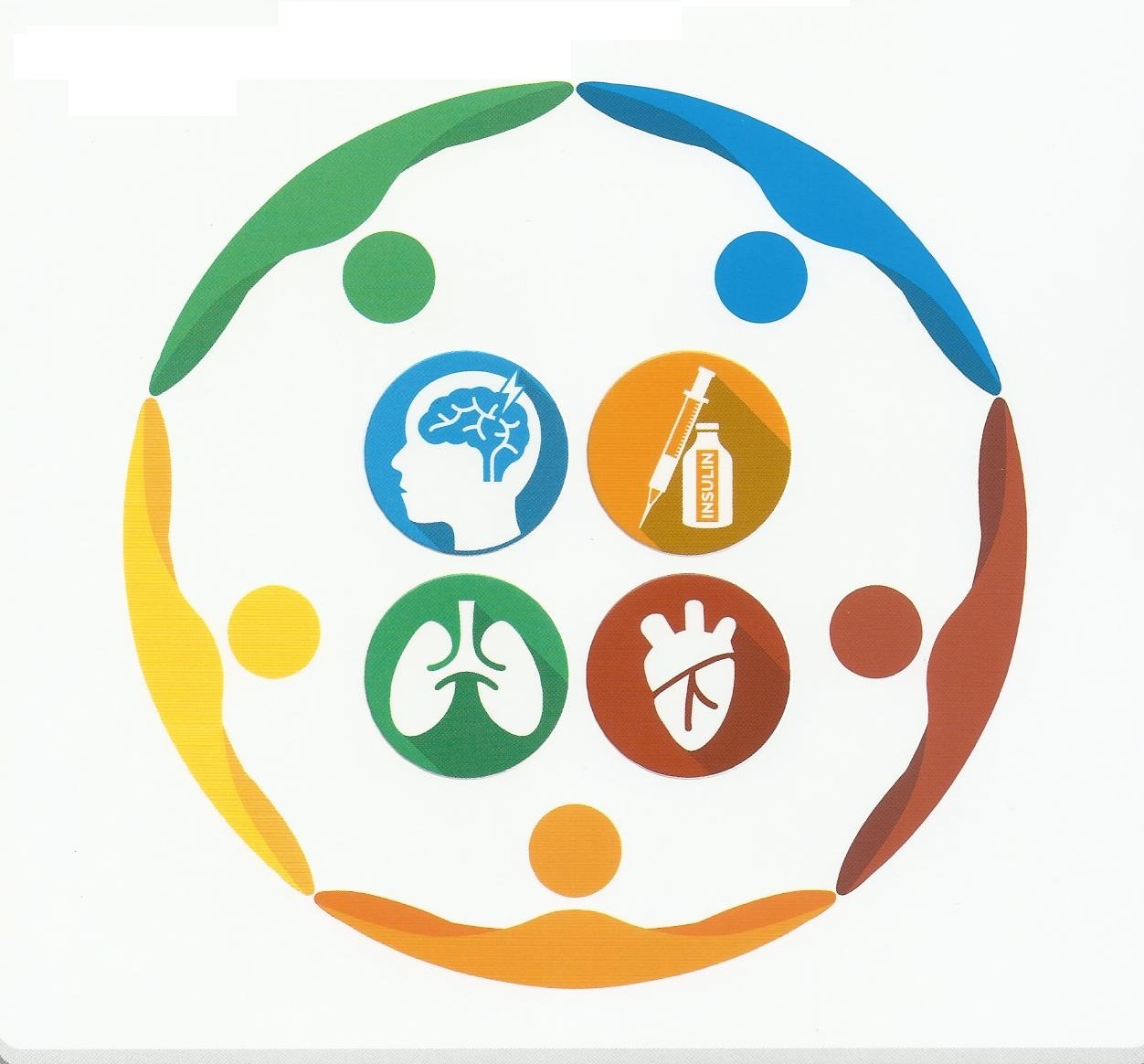More than 70% of all deaths that occur in the country are attributed to Non-Communicable Diseases (NCDs).
Many of the risk factors like unhealthy diet, low level of activity and smoking are identifiable and controllable, said Mohammad Baqer Larijani, vice-president of the Committee for Prevention and Control of NCDs.
As the country’s population is young, cancer rate is lower than in many other countries with older populations, ISNA quoted him as saying.
“However, we have a high annual road traffic fatality rate compared to other nations. Annually, 14,000 people lose their lives in traffic accidents.”
Larijani also pointed to smoking and said, tobacco consumption “is not favorable in Iran but it is not higher than the global average consumption.”
Cigarette smoking is the major cause of death in children under 5 years (who have been exposed to second hand smoke) and individuals over the age of 70 in the country.
At present, the committee is analyzing 270 different kinds of NCDs and 67 risk factors separately in each province to draw official attention to common health problems in each province.
As an example, obesity is a challenge to the entire country but is more prevalent in four provinces including Markazi, Qom, Alborz and Tehran. Further, diabetes is more prevalent in Yazd and Bushehr provinces, he said. The average age of tobacco consumption in Bushehr is one year lower than other provinces.
“The data gathered on health problems can help us develop separate programs for each province according to their health needs,” he said.
In Tehran, the risk factor of physical inactivity is high and 60% of Tehranis have low physical activity.
Earlier in July, the National Document on Prevention and Control of NCDs was unveiled in the presence of director-general of the World Health Organization Margaret Chan in Tehran.
The document comprises nine targets including reducing common risk factors like insufficient physical activity, unhealthy diet, air pollution, occupational problems and tobacco consumption.


